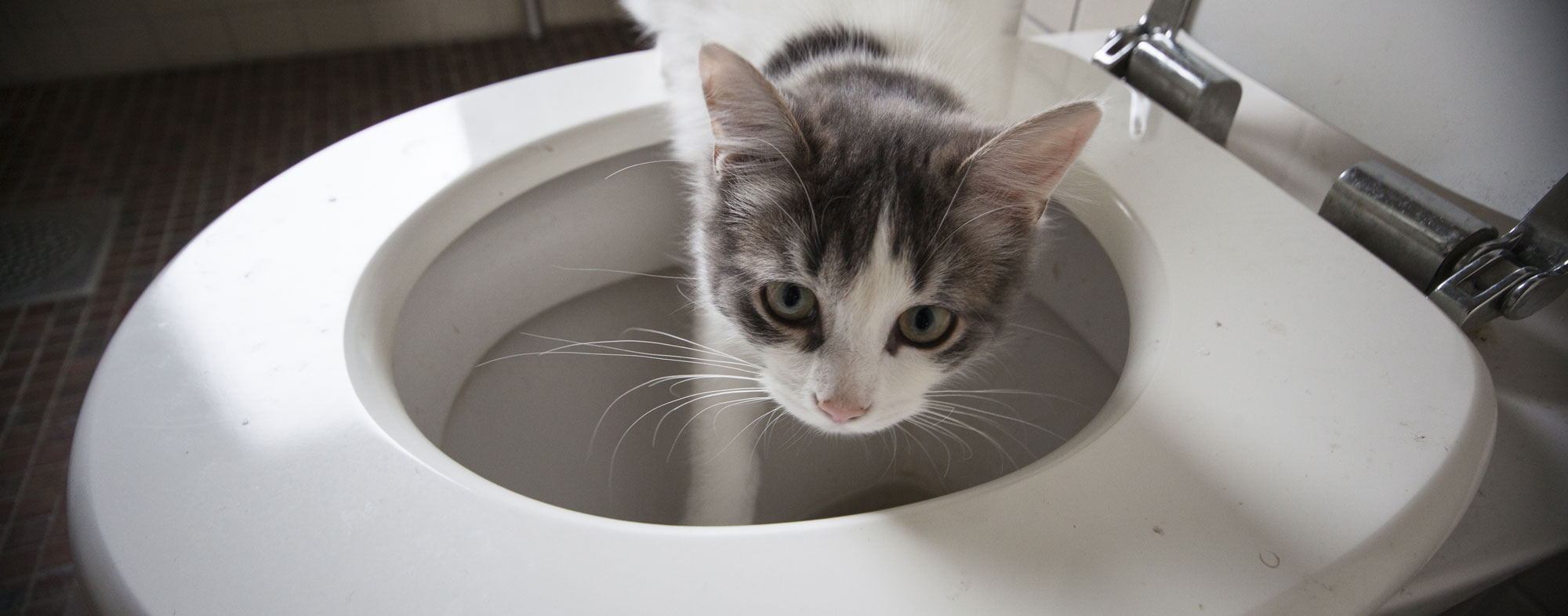Have you been trying to locate critical information about How to Dispose of Cat Poop and Litter Without Plastic Bags?

Intro
As pet cat owners, it's essential to be mindful of exactly how we deal with our feline close friends' waste. While it might seem convenient to flush pet cat poop down the toilet, this method can have destructive repercussions for both the atmosphere and human health and wellness.
Alternatives to Flushing
Fortunately, there are safer and much more accountable ways to dispose of feline poop. Think about the adhering to options:
1. Scoop and Dispose in Trash
One of the most typical technique of dealing with pet cat poop is to scoop it into an eco-friendly bag and toss it in the trash. Make certain to make use of a committed clutter inside story and deal with the waste quickly.
2. Use Biodegradable Litter
Select biodegradable cat litter made from materials such as corn or wheat. These litters are environmentally friendly and can be safely gotten rid of in the trash.
3. Bury in the Yard
If you have a yard, consider burying cat waste in an assigned location away from vegetable yards and water resources. Be sure to dig deep enough to stop contamination of groundwater.
4. Set Up a Pet Waste Disposal System
Invest in a pet garbage disposal system specifically designed for pet cat waste. These systems make use of enzymes to break down the waste, reducing smell and ecological effect.
Health Risks
Along with ecological worries, flushing cat waste can additionally pose health and wellness threats to human beings. Pet cat feces might consist of Toxoplasma gondii, a parasite that can trigger toxoplasmosis-- a potentially extreme ailment, especially for pregnant women and individuals with damaged immune systems.
Ecological Impact
Flushing pet cat poop presents dangerous microorganisms and bloodsuckers into the water system, presenting a considerable risk to aquatic ecosystems. These contaminants can adversely affect marine life and concession water high quality.
Verdict
Responsible pet ownership prolongs past providing food and shelter-- it also includes correct waste administration. By refraining from purging cat poop down the toilet and going with different disposal techniques, we can lessen our environmental impact and protect human health and wellness.
Why Can’t I Flush Cat Poop?
It Spreads a Parasite
Cats are frequently infected with a parasite called toxoplasma gondii. The parasite causes an infection called toxoplasmosis. It is usually harmless to cats. The parasite only uses cat poop as a host for its eggs. Otherwise, the cat’s immune system usually keeps the infection at low enough levels to maintain its own health. But it does not stop the develop of eggs. These eggs are tiny and surprisingly tough. They may survive for a year before they begin to grow. But that’s the problem.
Our wastewater system is not designed to deal with toxoplasmosis eggs. Instead, most eggs will flush from your toilet into sewers and wastewater management plants. After the sewage is treated for many other harmful things in it, it is typically released into local rivers, lakes, or oceans. Here, the toxoplasmosis eggs can find new hosts, including starfish, crabs, otters, and many other wildlife. For many, this is a significant risk to their health. Toxoplasmosis can also end up infecting water sources that are important for agriculture, which means our deer, pigs, and sheep can get infected too.
Is There Risk to Humans?
There can be a risk to human life from flushing cat poop down the toilet. If you do so, the parasites from your cat’s poop can end up in shellfish, game animals, or livestock. If this meat is then served raw or undercooked, the people who eat it can get sick.
In fact, according to the CDC, 40 million people in the United States are infected with toxoplasma gondii. They get it from exposure to infected seafood, or from some kind of cat poop contamination, like drinking from a stream that is contaminated or touching anything that has come into contact with cat poop. That includes just cleaning a cat litter box.
Most people who get infected with these parasites will not develop any symptoms. However, for pregnant women or for those with compromised immune systems, the parasite can cause severe health problems.
How to Handle Cat Poop
The best way to handle cat poop is actually to clean the box more often. The eggs that the parasite sheds will not become active until one to five days after the cat poops. That means that if you clean daily, you’re much less likely to come into direct contact with infectious eggs.
That said, always dispose of cat poop in the garbage and not down the toilet. Wash your hands before and after you clean the litter box, and bring the bag of poop right outside to your garbage bins.
https://trenchlesssolutionsusa.com/why-cant-i-flush-cat-poop/

Do you appreciate more info about Can You Flush Cat Poo or Litter Down the Toilet?? Put a remark down below. We'd be interested to listen to your suggestions about this write-up. Hoping to see you back again in the future. Appreciated our write up? Please share it. Let others find it. Many thanks for going through it.
Call Today